Hello there!
My partner and I have just bought a Victorian end of terrace, in need of renovation. It has had work done in the 60s, 80s and in 2006.
The walls have no cavity and there is a sub-floor space. The dining room has some damp issues, around the outside wall and on the brick wall between the dining room and the under-stairs cupboard, which has a concrete floor. Either side of the chimney breast there are block walls skimmed in gypsum, built in the 80s, creating a cavity.
The first thing we have done is get off all the wallpaper from the walls and the ceiling. We have discovered that much of the original lime plaster is present. The ceiling appears to be original and is sound, but with hairline cracks all over. The fireplace has been blocked up and skimmed and the upper part of the chimney breast is lime, which has blown. The outside wall is skimmed with gypsum, which is damp near the ground and the wall between the dining room, and the under stairs cupboard is very damp and has a gypsum skim. The under-stairs cupboard is gypsum skimmed, with a concrete floor. There are varous other patches of gypsum around where things have been patched up in the past.
There are some obvious places that we can address the damp from the outside - repointing a few bits, lowering the ground level, lowering the level of the concrete floor in the under-stairs cupboard. We're now wondering what the best way forward is regarding the plastering.
We currently see the options as being:
Address the known potential causes of damp, re-skim in gypsum and hope for the best
Address the known potential causes of damp, hack off all the gypsum, and make good in lime.
Skim over the ceiling in....?
We basically don't know what to do, so we'd really appreciate any input from you knowledgable folk out there.
Very best wishes
Dan
My partner and I have just bought a Victorian end of terrace, in need of renovation. It has had work done in the 60s, 80s and in 2006.
The walls have no cavity and there is a sub-floor space. The dining room has some damp issues, around the outside wall and on the brick wall between the dining room and the under-stairs cupboard, which has a concrete floor. Either side of the chimney breast there are block walls skimmed in gypsum, built in the 80s, creating a cavity.
The first thing we have done is get off all the wallpaper from the walls and the ceiling. We have discovered that much of the original lime plaster is present. The ceiling appears to be original and is sound, but with hairline cracks all over. The fireplace has been blocked up and skimmed and the upper part of the chimney breast is lime, which has blown. The outside wall is skimmed with gypsum, which is damp near the ground and the wall between the dining room, and the under stairs cupboard is very damp and has a gypsum skim. The under-stairs cupboard is gypsum skimmed, with a concrete floor. There are varous other patches of gypsum around where things have been patched up in the past.
There are some obvious places that we can address the damp from the outside - repointing a few bits, lowering the ground level, lowering the level of the concrete floor in the under-stairs cupboard. We're now wondering what the best way forward is regarding the plastering.
We currently see the options as being:
Address the known potential causes of damp, re-skim in gypsum and hope for the best
Address the known potential causes of damp, hack off all the gypsum, and make good in lime.
Skim over the ceiling in....?
We basically don't know what to do, so we'd really appreciate any input from you knowledgable folk out there.
Very best wishes
Dan
Attachments
-
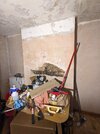 PXL_20250205_213004395.jpg282.6 KB · Views: 41
PXL_20250205_213004395.jpg282.6 KB · Views: 41 -
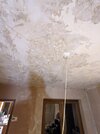 PXL_20250205_213014411.jpg252 KB · Views: 38
PXL_20250205_213014411.jpg252 KB · Views: 38 -
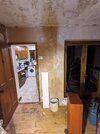 PXL_20250205_213029712.jpg286.7 KB · Views: 36
PXL_20250205_213029712.jpg286.7 KB · Views: 36 -
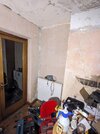 PXL_20250205_213034093.jpg259.1 KB · Views: 37
PXL_20250205_213034093.jpg259.1 KB · Views: 37 -
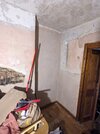 PXL_20250205_213036601.jpg288.2 KB · Views: 34
PXL_20250205_213036601.jpg288.2 KB · Views: 34 -
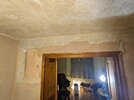 PXL_20250205_213041468.jpg269.2 KB · Views: 33
PXL_20250205_213041468.jpg269.2 KB · Views: 33 -
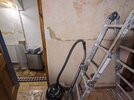 PXL_20250205_213048090.jpg300 KB · Views: 34
PXL_20250205_213048090.jpg300 KB · Views: 34 -
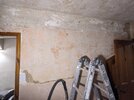 PXL_20250205_213050850.jpg291 KB · Views: 37
PXL_20250205_213050850.jpg291 KB · Views: 37 -
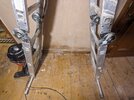 PXL_20250205_213055715.jpg365.9 KB · Views: 31
PXL_20250205_213055715.jpg365.9 KB · Views: 31 -
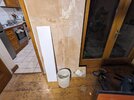 PXL_20250205_213101618.jpg323.5 KB · Views: 40
PXL_20250205_213101618.jpg323.5 KB · Views: 40

